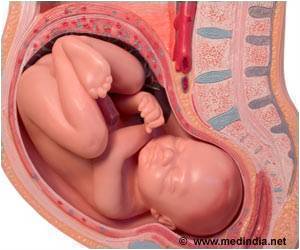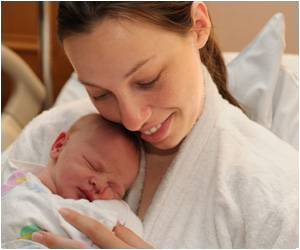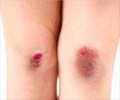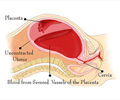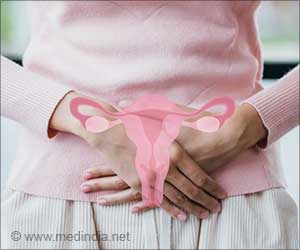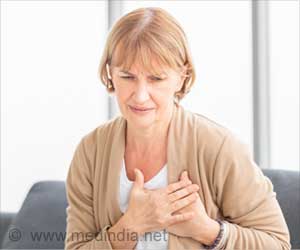Every year, at least 70,000 women die from obstetric hemorrhage - mostly in the world's least developed countries.
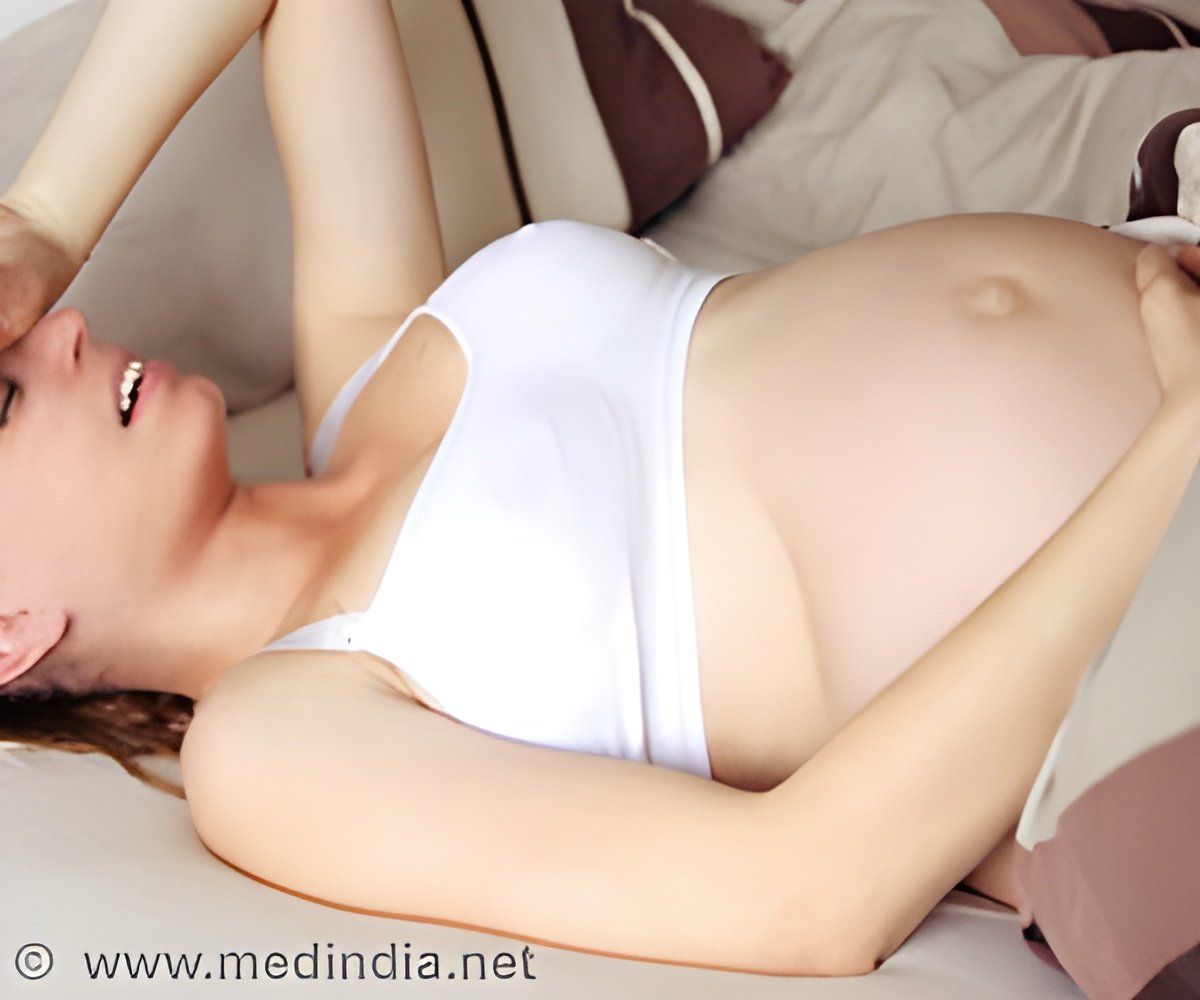
‘NASA-inspired suits called LifeWrap reduces blood loss during labor and mortality from postpartum hemorrhage by 50 percent.
’





Since the pressure does not need to be as strong as in military and aviation cases, the company scrapped the old-style G-suits for a non-pneumatic version using simple elastic compression. In a recent study by NASA Ames Research Center and other researchers, the garments saved 13 out of 14 patients in Pakistan who were in shock from extreme blood loss.
In another study in Egypt and Nigeria, the garment reduced both blood loss and mortality from postpartum hemorrhage by 50 percent.
"In the field of maternal health, we generally don't see that kind of a reduction, and even more so when it's the result of a single, simple intervention," said Suellen Miller, founder of the Safe Motherhood Programme which aims to reduce pregnancy- and childbirth-related deaths and illnesses across the globe.
By 2012, the World Health Organization and the International Federation of Gynecologists and Obstetricians both decided to officially recommend the device to treat postpartum hemorrhage.
Advertisement
"We've determined that these suits can be used at least 70 times," Miller said. "So we're looking at a life-saving device that costs less than a dollar per use."
Advertisement
More recently, Miller and her colleagues conducted training for Doctors Without Borders and the Canadian Red Cross so they could use the garment in Ebola-stricken countries in Africa.
"LifeWraps" have also been provided for ambulances in East Timor and are being used increasingly throughout rural Tanzania.
Miller thanks the US space agency for the critical role it played in getting the technology to this point.
"We're taking this suit to the village, we're taking it to the hut, we're taking it to the poorest, most vulnerable, voiceless, powerless people grounded into the Earth, and making a difference for them," she said in a NASA statement.
Miller also reported that some of the doctors and midwives she has met have voiced their own thanks for the garment, which has taken many names over the years: they like to call it the "miracle suit".
Every year, at least 70,000 women die from obstetric hemorrhage - mostly in the world's least developed countries.
Source-IANS


